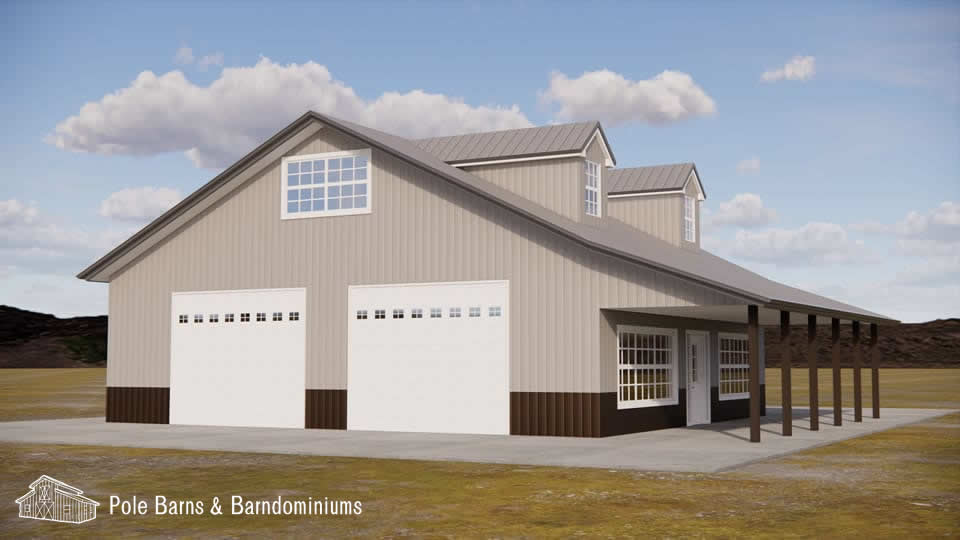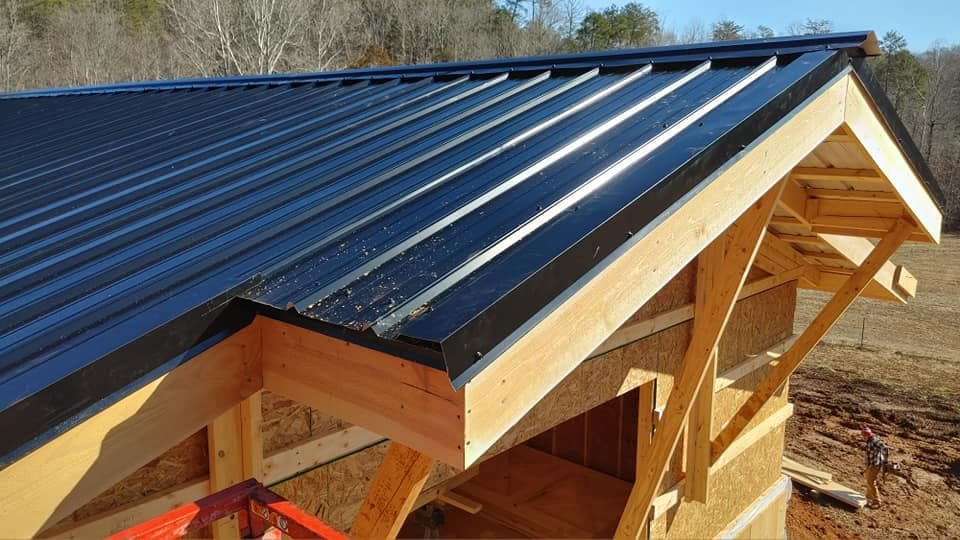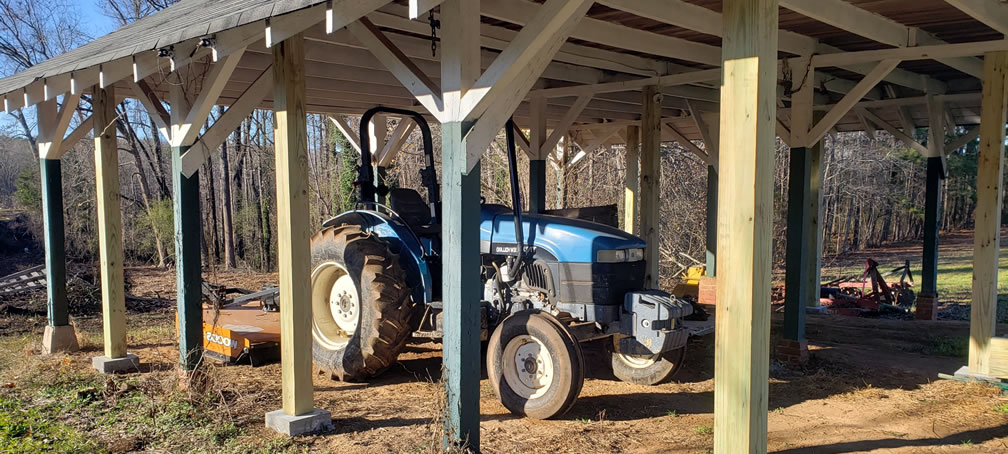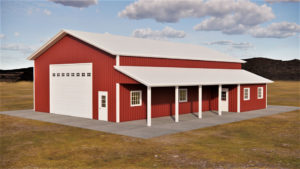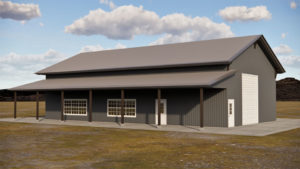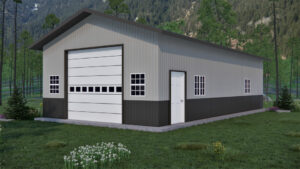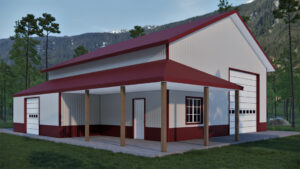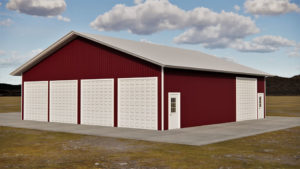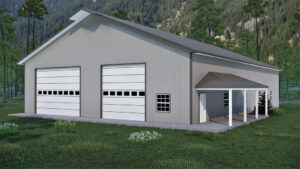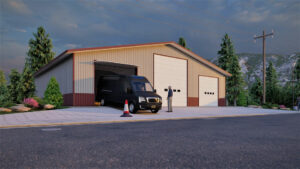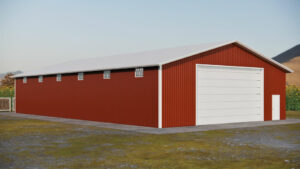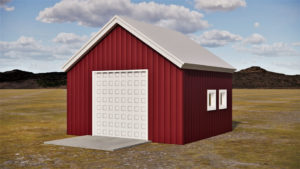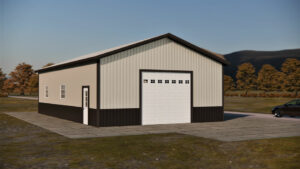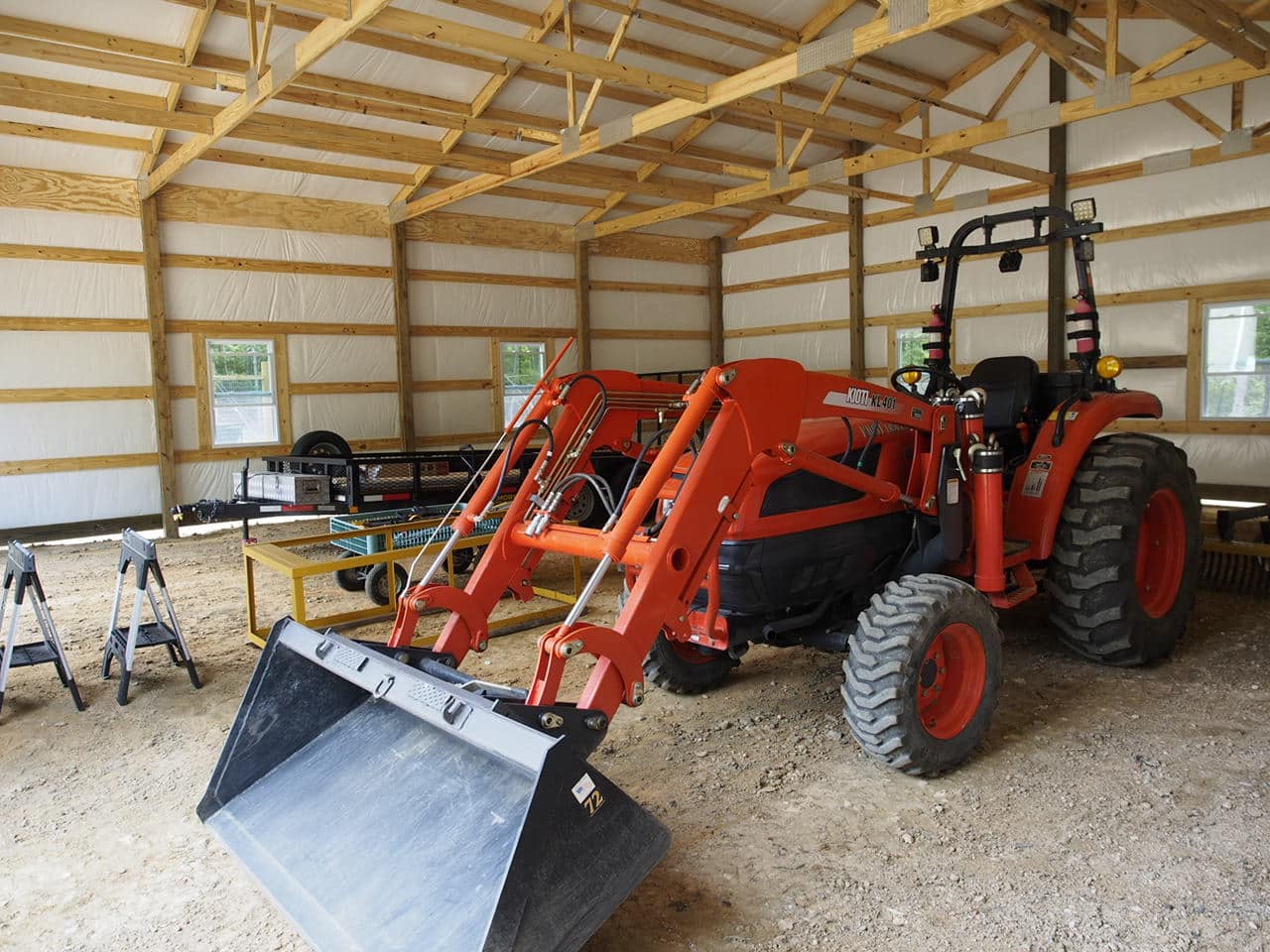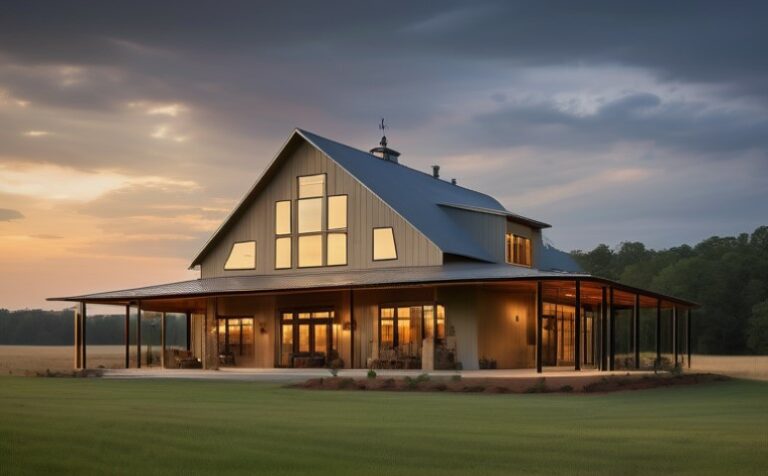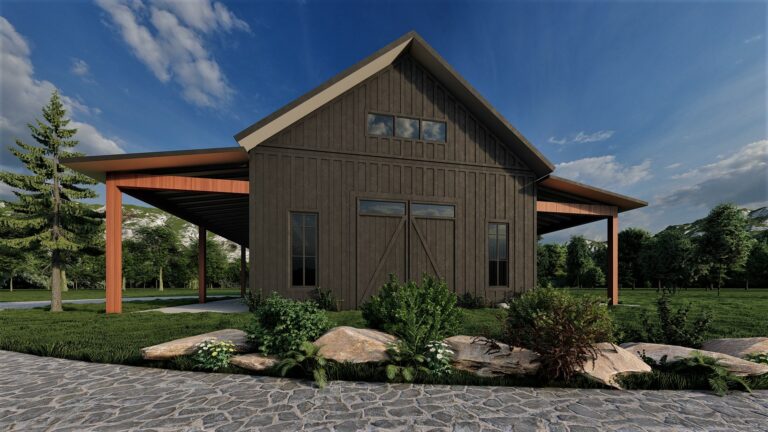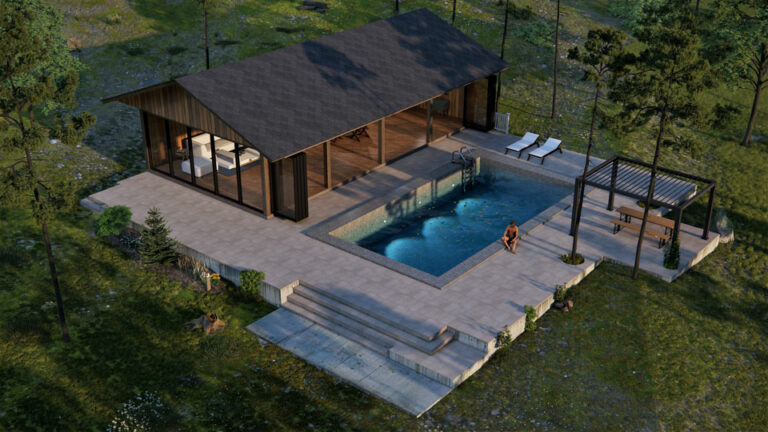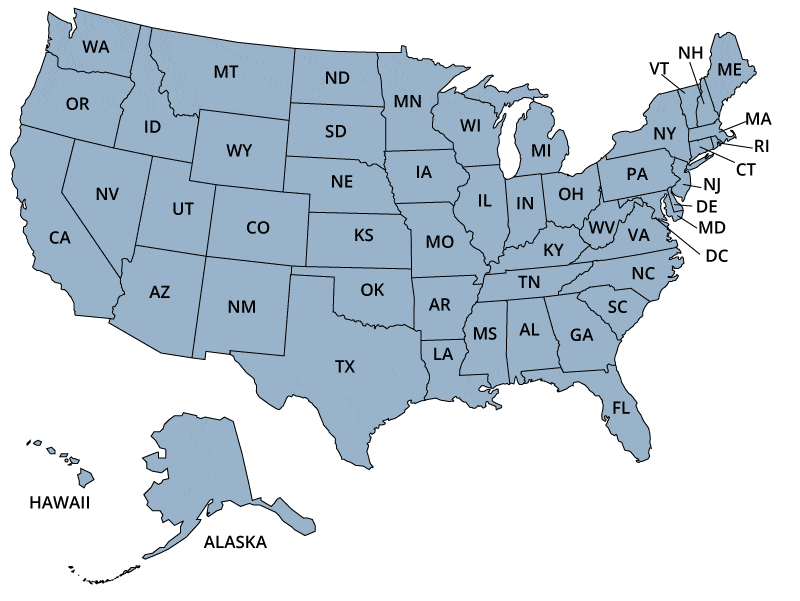30 x 60 Pole Barn – At first, builders and engineers were hesitant to build pole barns as they are not sure whether this type of structure can withstand strong wind, rain, and snow loads. But after several studies, they started to admire its features and versatility.

Connect with multiple Suppliers.
Do you want quotes for a metal or wood building?
Connect with multiple Pros.
Do you want quotes for a metal or wood building?
Connect with multiple Suppliers.
Do you want quotes for a metal or wood building?
At present, barns are available in different sizes, style, and shapes. You can even make them look like ordinary houses. Read on to discover how much it will cost you to build a 30×60 pole barn and to find its uses.
Post Frame Buildings Now and Then
As you probably know, telephone poles are no longer being utilized as columns for pole barns. To compare the pole barn during the 1930s against the ones we see today, I listed some of their differences below:
Utility Poles – Utility poles evolved into a creosote-treated bar. Today, the creosote-treated pole is no longer being utilized due to its toxicity. However, you can still find them in an old farm building across the United States.
Poles Replaced with Posts – Telephone poles and creosote-treated pole were replaced with treated squared off posts. The posts were treated before construction so that rotting is prevented. Compared to utility poles, the engineered posts are superior in strength.
Engineered Pole Barn Building – After several studies, pole barns proved to be a reliable and robust type of building that can withstand wind and snow loads. Thus, it became builders and engineers started to utilize pole barns.
Today, when you say post-frame method, expect to see two posts buried on the ground, opposing each other. The said posts are connected using a truss. This set-up allows the wind load to go directly into the ground
Use – Then, pole barns only act as a farm building. Nowadays, pole buildings have several applications, including commercial buildings, residential houses, among others.
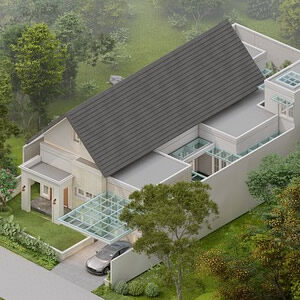
Need An Architect For Your Pole Barn? Compare Architect Prices and Save!
Simplify your research by letting us do the work for you.
What Are the Uses of 30×60 Pole Barn?
Although pole barns are primarily used as farm building, it also has a lot of applications. Here are some common uses:
Commercial Buildings
Pole barns are perfect for large-scale businesses that have a lot of equipment and inventory. In addition, they can be customized to reflect the look of your business. Pole barns can also be utilized in commercial buildings such as warehouses and garages.
Thanks to its versatility and strength, they can still maintain their structural integrity despite the high wind loads of storms and hurricanes.
Residential Houses
Pole barns can also be used as residential houses. With a little bit of creativity, you can turn your pole building into a cozy and comfortable home.
Storage Sheds
DIY pole barns can also be used as storage sheds. If you have a lot of things to keep, this type of pole garages can give you the extra space that you need. DIY pole barns can also be utilized as storage sheds for your gardening tools, lawnmowers, and other equipment.
Workshops
If you are into DIY projects, then a pole building can also be used as your workshop. You can use it to work on your car, woodworking projects, and others. Also consider adding windows and doors for natural light and insulation in your shop.
Storage Area for Equipment and Vehicles
With approximately 1800 square feet of space, you can keep large equipment and vehicles inside a 30×60 pole barn. Keeping them in this large post frame building space will allow you to move them in and out of the barn without worrying about internal posts or columns.
Farm Buildings
Pole barns are primarily used as farm buildings. The high-quality building materials of pole barns allow them to withstand the harsh weather conditions that a farm is exposed to, such as hurricanes and icy snowstorms.
In addition, diy pole barns have sturdy foundations that help prevent frost heave and excessive movement, meaning they are perfect for storing heavy machinery and equipment. You can keep your bales of hay in a pole building, shelter your livestock, or park farm-related equipment.
Church Buildings
Pole barns can also serve as church buildings. Due to their large space, they can accommodate a lot of people, making them the perfect place for worship services and other church-related activities.
Airplane Hangers
Pole barns can also be used as airplane hangers. An engineered structure like a pole barn is ideal for this kind of building. They are constructed on highly-engineered foundations that allow them to withstand the weight of an airplane, which is much heavier than the usual vehicles and equipment.
In short, pole barns have a lot of uses, especially in a farm setting. Whether you need to store your farm equipment or build a church building, this type of quality structure can fulfill all your needs.
How Much Does It Cost to Build a 30 x 60 Pole Barn?
Pole barns, unlike other types of building, do not have a “foundation”. Thus, they are cheaper. If you want a simple pole barn, they can be fully opened with one roof or fully enclosed depending on your preference.

Need To Add On To Your Existing Structure?
Let us help you find the right contractor fast and easy.
The average cost of a pole barn per square foot ranges from $10-$60 per square foot. With around 1800 square foot of space, building a 30 x 60 pole barn will take about $18,000-$108,000.
What Are the Materials You Need to Build a 30 x 60 Pole Barn?
Here are the starting materials you need in constructing a pole barn:
- Poles – Poles should be pressure-treated.
- Lumber – Lumber is used in framing and constructing roof trusses (2’x4’ for purlins and 2’x6’ for roof stingers)
- Plywood or Steel – Used for building walls.
- Gravel and Concrete – Used for burying the poles in the ground.
- Galvanized corrugated steel – Utilized for the roof. You may also opt to use plywood and shingles.
- Roofing Nails and Storm Clips
- Windows and doors
Other Factors to Consider in Pole Barn Kit Prices
Of course, there will be additional pole barn kit prices if you wanted to add unique features such as walls, doors, insulation, windows, the attic loft, wainscoting, among others. If the pole barn functions to shelter animals, then you will be needing bulk feeding and watering tanks.
If you are planning on building your pole barn kit, make sure to get high-quality materials. Familiarize yourself with the rating system for lumber. I do not recommend using less expensive or second-hand material because they might cause disaster and frustration in the long run.
Before you start buying construction materials, check-in first with your local county if building a pole barn larger than 200 square feet is allowed. And of course, like any other structures, your 30 x 60 pole barn will need repair and maintenance in the future. Taking good care of your pole barn will add to its value.
This 30×60 pole barn kit seems to be a great investment for anyone who is looking to build their own post and beam style barn. The materials that you need are pretty easy to purchase, so if you want to get started on building your own structure, then I would recommend picking up everything you need from the local hardware store or online.
The cost of a pole barn kit will depend on a lot of different factors, including the quality of materials that you use, any additional features or accessories that you add, and any specific requirements for your location. Some people may also have to deal with permits or building regulations from their local county when it comes to building larger construction structures like this.
Overall, though, the cost construction for of a 30×60 pole barn kit should be pretty affordable for most people, and it is definitely a great investment if you are looking for a durable and long-lasting storage solution for your home or farm.
Local building codes
Building a 30×60 pole barn is a great investment, but you need to make sure that you comply with Local building codes. Depending on where you live, there might be special cost requirements that you need to follow in order to get approval for your project.
You can check with your local building department to find out what the specific requirements are for pole barns and a metal building in your area. This will help ensure that you have all of the necessary permit cost and approvals to start building, and it will also give you a better idea of what your total cost is likely to be.
Pole Barn Advantages
There are several advantages to building post frame buildings, including the following:
- Pole barns are very versatile and can be used for a variety of purposes, such as storage, workshops, garages, and more.
- Pole barns are typically much cheaper to build than traditional buildings because they do not require a foundation.
- Pole barns can be built quickly and easily, which is ideal if you need a building urgently.
- Pole barns are very durable and can withstand bad weather conditions, such as high winds and heavy snow.
If you are thinking about building a pole barn, then these are some of the advantages that you may want to keep in mind.
Pole Barn Disadvantages
There are also some potential disadvantages to building a pole barn, such as:
- Pole barns tend to be less aesthetically-pleasing than traditional buildings, which may not make them the best choice if you are looking for a more attractive or modern design.
- Pole barns may require additional maintenance over time in order to keep them in good condition, especially if they are made from wood.
- Pole barns may not be suitable for all types of weather conditions, such as areas with high winds or earthquakes.
Before you decide to build a pole barn, it is important to weigh up the pros and cons to see if this type of building is the right choice for your needs. Ultimately, only you can decide if a pole barn is the right option for you.
Pole Barn vs Metal Building
If you are trying to decide between a pole barn and a metal building, then there are a few things that you need to keep in mind. Both types of buildings have their own advantages and disadvantages, so it is important to choose the right one for your needs. Here are some of the key differences between pole barns and metal buildings:
- Pole barns are typically made from wood, while steel buildings are made from, you guessed it, metal.
- Pole barns tend to be cheaper to build than metal buildings.
- steel buildings are more durable and require less maintenance than pole barns.
- Metal buildings are more fire-resistant than pole barns.
- Pole barns are more flexible in terms of design than metal buildings.
These are just some of the key differences between pole barns and metal buildings to double check. Ultimately, the right choice for you will depend on your budget, your needs, and your personal preferences.
Pole Barn vs Shed
If you are trying to decide between a pole barn and a shed, then there are several things that you need to consider. Both types of structures have their own advantages and disadvantages, so it is important to choose the one that is right for your needs. Here are some of the key differences between pole barns and sheds:
- Pole barns tend to be larger than sheds.
- Pole barns can be used for a variety of purposes, while sheds are typically only used for storage.
- Pole barns require a foundation, while sheds can be built on almost any type of surface.
- Pole barns are more expensive to build than sheds.
- Sheds are easier to build than pole barns, and can be completed in a shorter amount of time.
Ultimately, the choice between a pole barn and shed will depend on your specific needs and budget. Both pole barn structures have their pros and cons, so it is important to carefully consider all of the factors before making your decision.
Internet Discussion of a 30×60 Pole Barn Kit
Pole Barn Kit Construction
Pole Barns can be built several ways. You will need to decide which construction method suites your needs and fits on your property.
Traditional Wood
Stick building is a traditional way of framing a barn building. Most custom builders use this as their preferred manner of constructing since they tend to build barns that are unique. Roofs, floor trusses and all framing is, in effect, created on site from individual pieces of lumber.
Pole Barns
Pole barns and garages can be built much quicker than traditionally constructed buildings. When constructed to your specifications, pole garages and post frame buildings are the perfect solution to your storage needs. They are an economical solution residential construction.
Metal Buildings
Metal Buildings are an economical solution for both commercial and smaller residential construction. This style has straight walls with a gable or sloped roofing system. Steel Buildings are an economical option they will save you money and last you a lifetime.

Need An Architect For Your Pole Barn? Compare Architect Prices and Save!
Simplify your research by letting us do the work for you.


